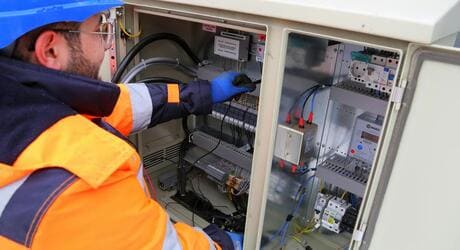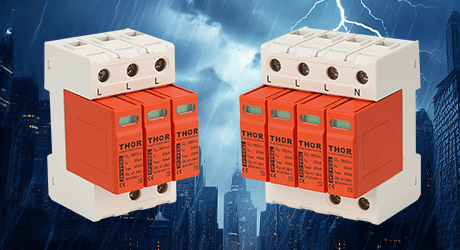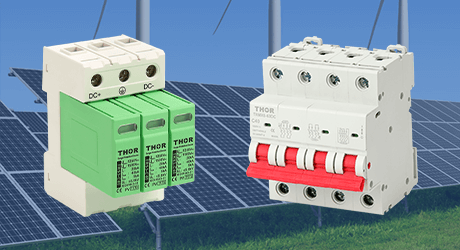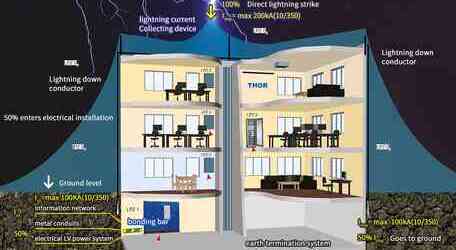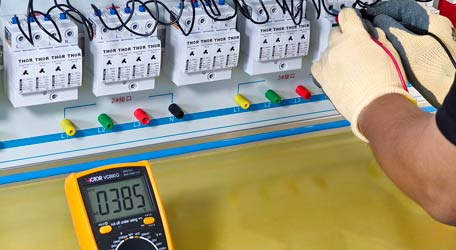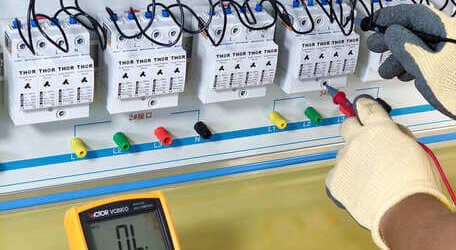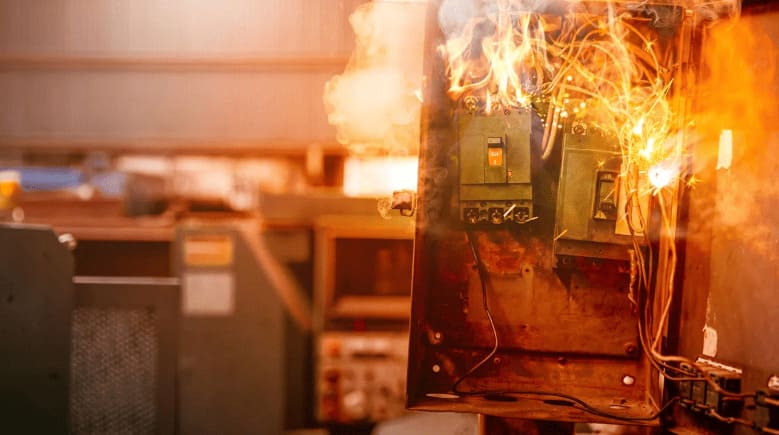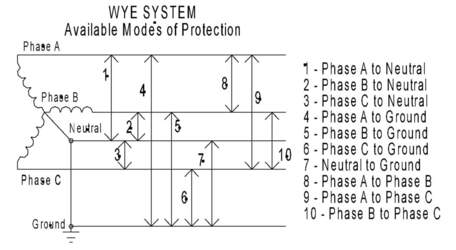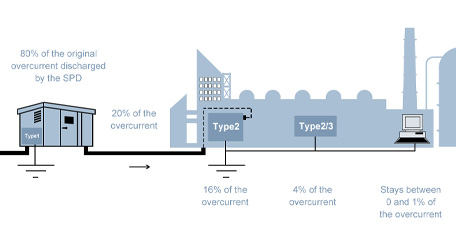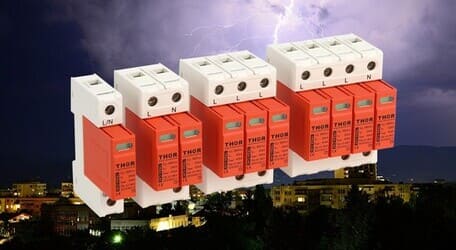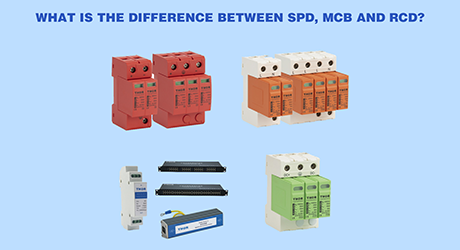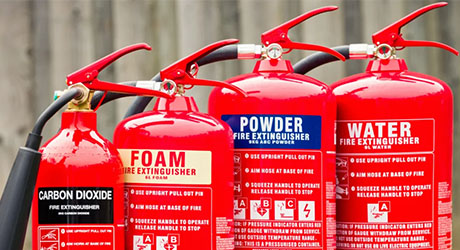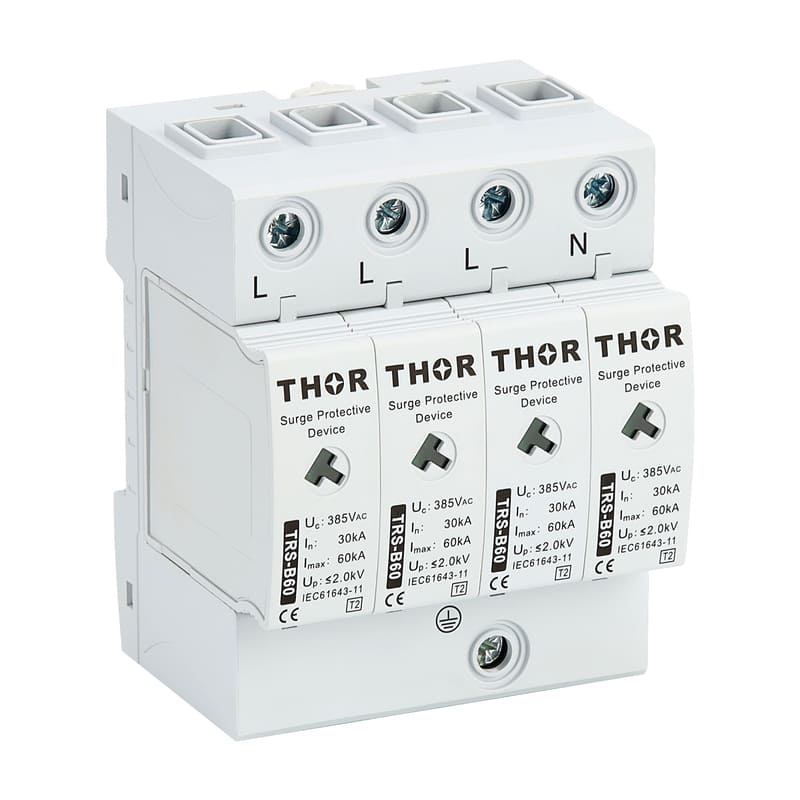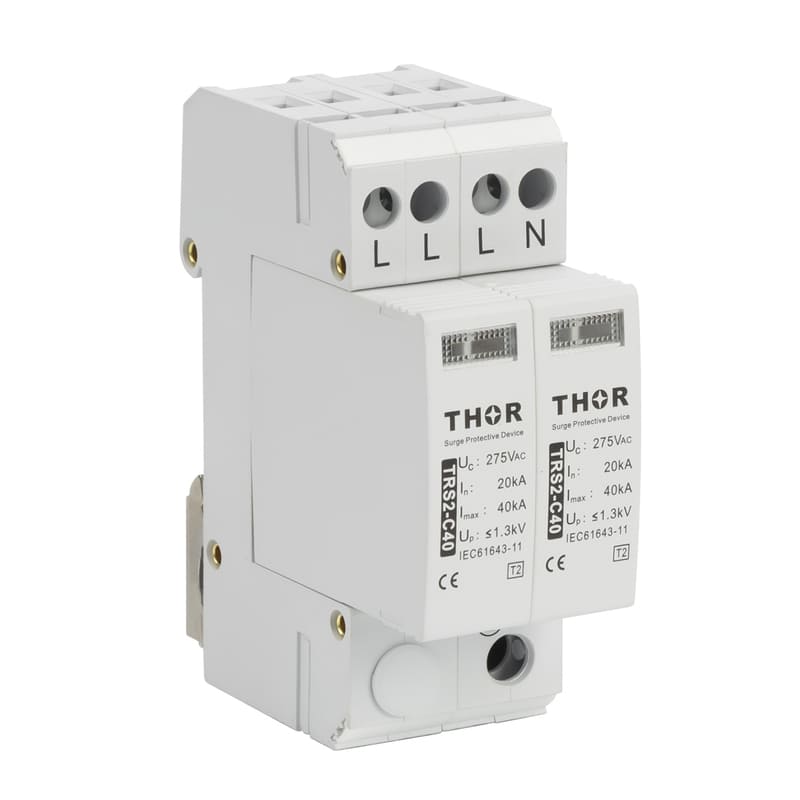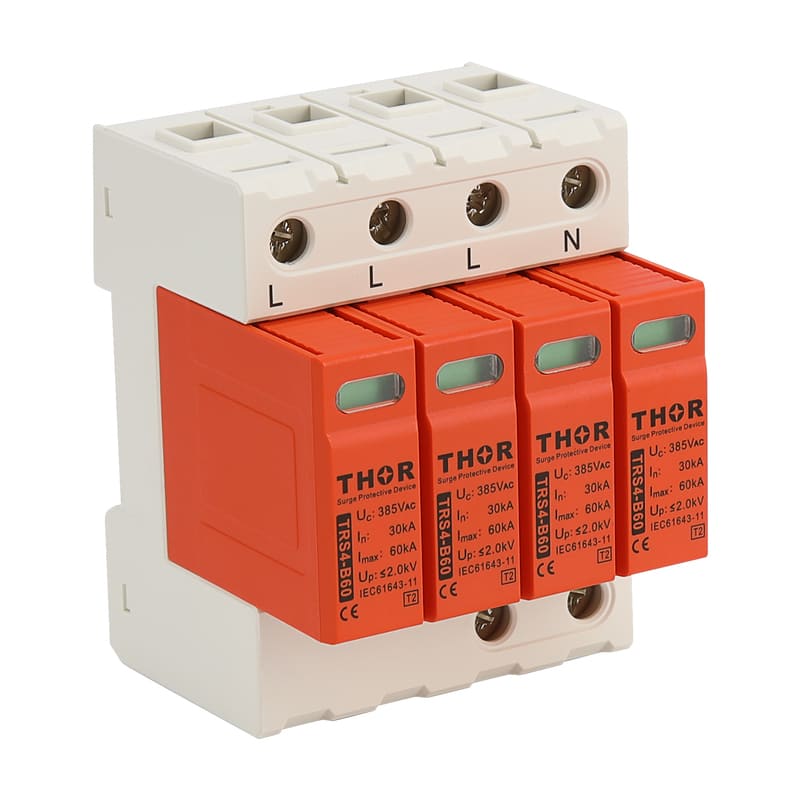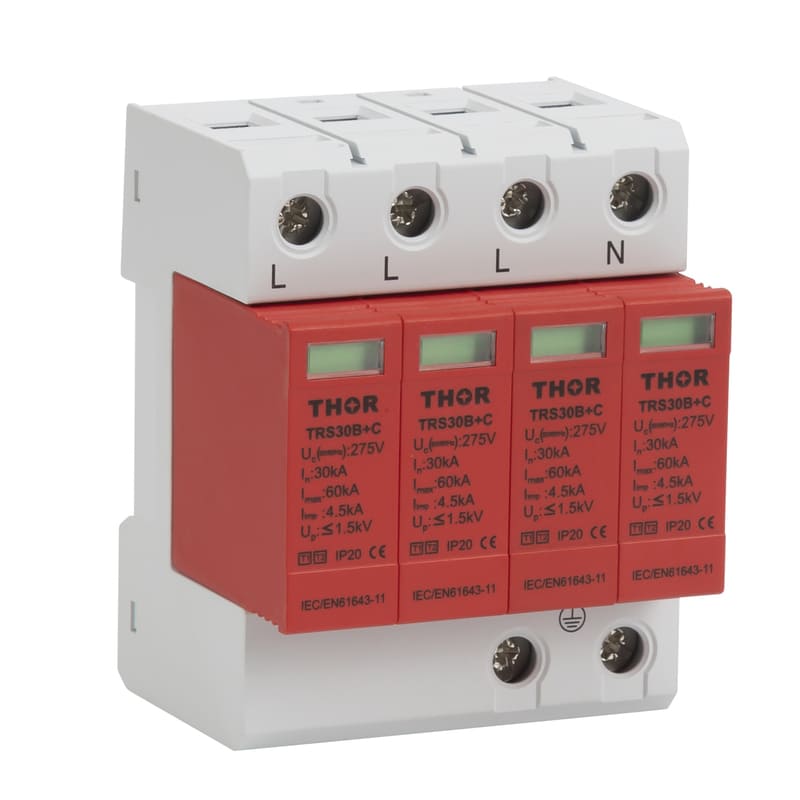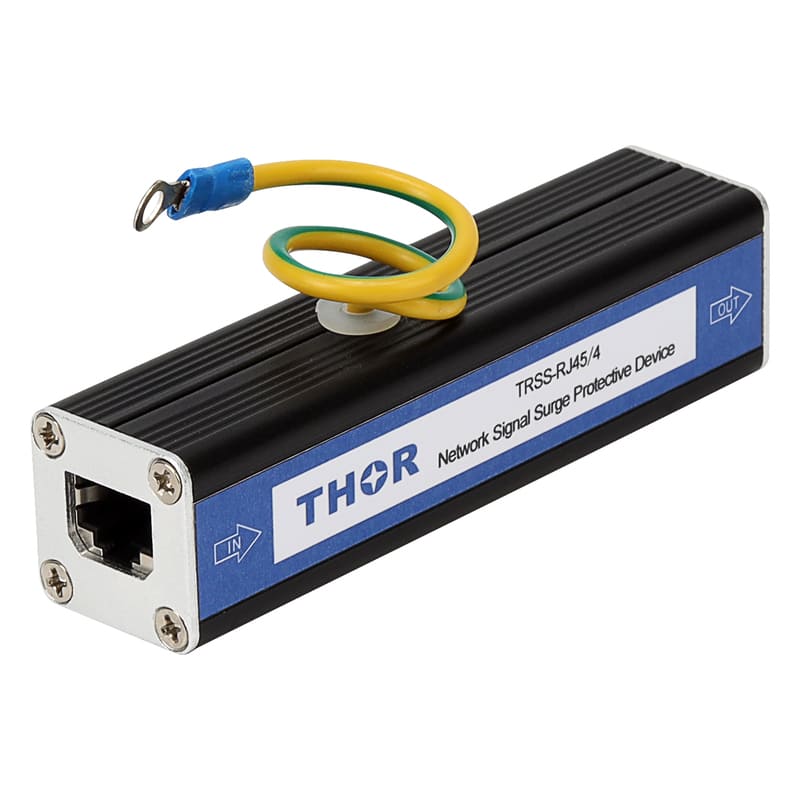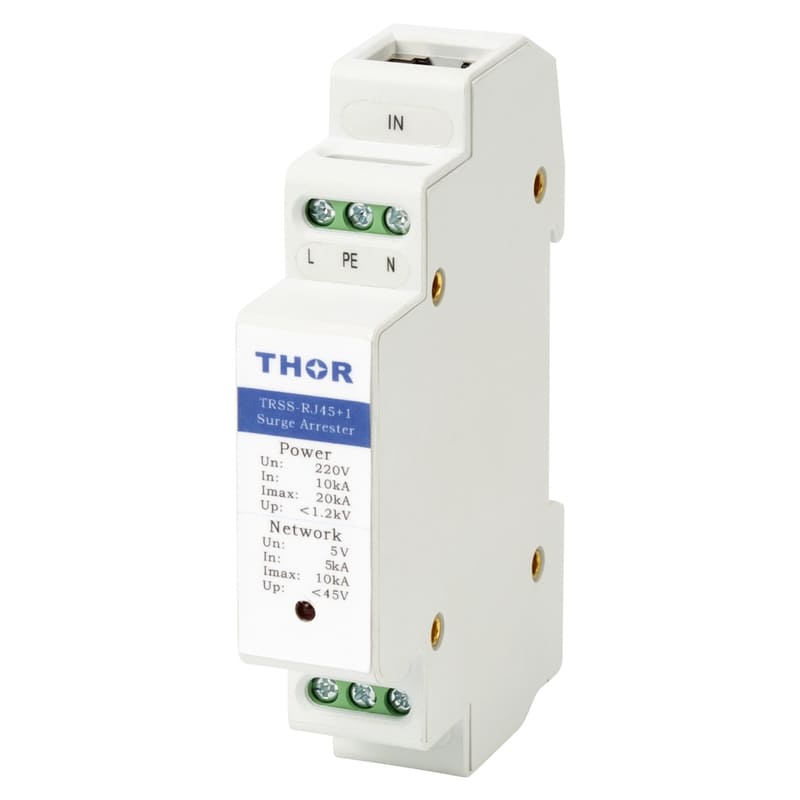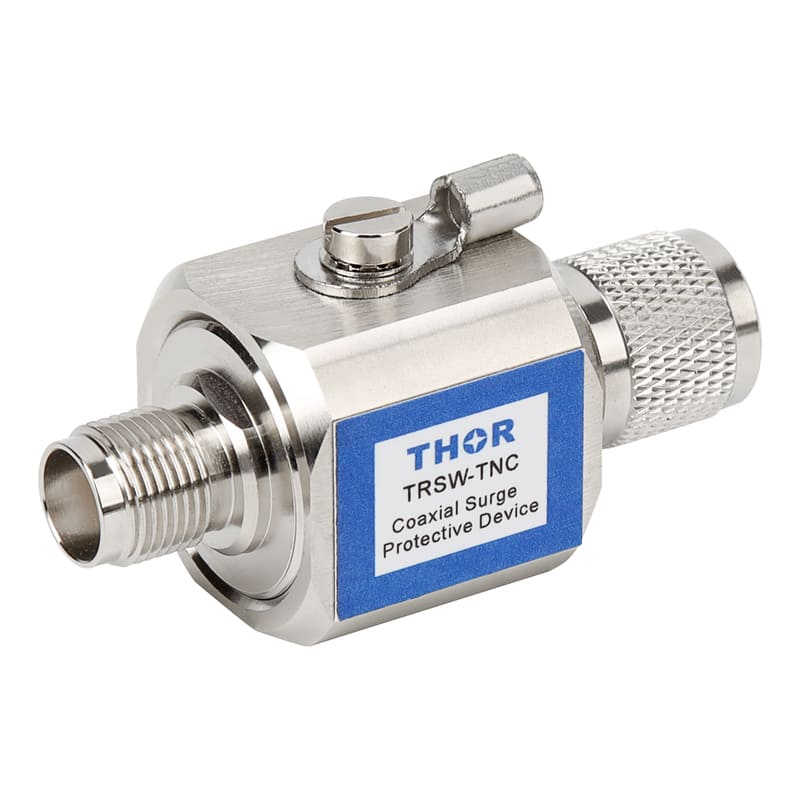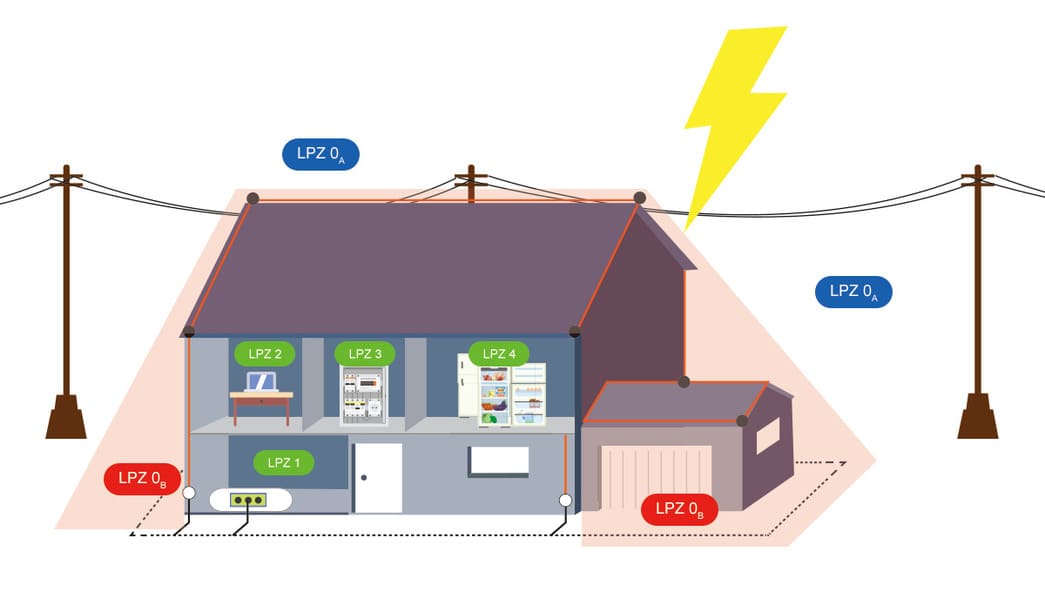
Concept of lightning protection zone
Lightning protection zones (LPZs) are areas that within a building or structure facing varied risk levels of lightning strike and transient overvoltages. Standard IEC 62305 defines LPZ definition and it is wildly adopted and referenced in today’s electric power safety protocols. LPZs are used to determine appropriate lightning protection measures and selection of surge protection devices upon lightning risk assessment.
IEC 62305 Standard
The IEC standard, abbreviated from International Electrotechnical Commission, is arguably the most referenced and authoritative among all international electrical standards. IEC standards define the framework, safety requirements, performance criteria, and testing methods for electrical and electronic systems across a wide range of industries.
IEC 62305 outlines comprehensive principles for risk assessment, lightning protection system design, and the protection of electrical and electronic systems within structures. The standard is widely adopted in engineering and construction fields.
Part 4 of the IEC 62305 standard delves into the protection of electrical and electronic systems within structures and introduces the concept of Lightning Protection Zones. It explains the classification of zones into LPZ 0, LPZ 1, LPZ 2, and so on, based on the level of protection against lightning electromagnetic impulses.
The standard details the concept of interconnected LPZs, where electrical and data systems transition between zones, necessitating coordinated surge protection measures and bonding to maintain electromagnetic compatibility (EMC).
Additionally, it introduces the idea of extended LPZs, where the protective boundaries are expanded beyond the physical structure through the use of shielding and proper cabling techniques and basic protection measures against electromagnetic disturbances (LEMP).
Classification of lightning protection zones
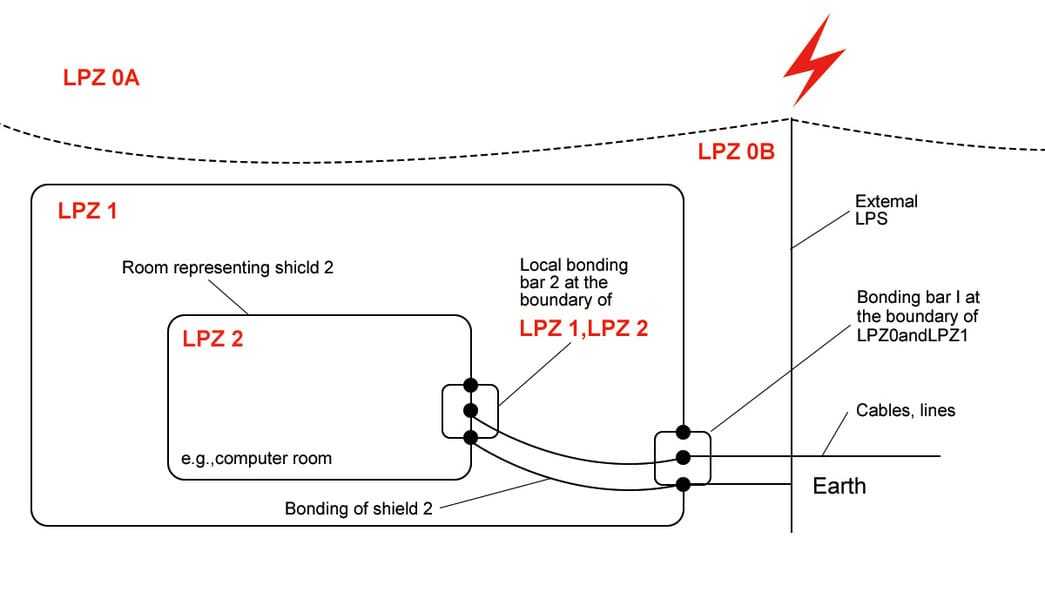
Figure 1 - Lightning protection zone within a structure or building
Lightning Protection Zones (LPZs) are divided into outer and inner zones based on their physical location—whether they are outside or inside the structure, with each further classified according to the level of risk they face from lightning currents and electromagnetic disturbances.
1.Outer zones
LPZ 0A
● Directly exposed to lightning strikes and the full lightning electromagnetic field.
● No shielding or protection is assumed.
● Typical examples: open fields, rooftops, exposed overhead lines.
LPZ 0B
● Not exposed to direct lightning strikes but still exposed to the full lightning electromagnetic field.
● Protected against direct strikes by air-termination systems (like lightning rods), but not shielded from radiated electromagnetic effects.
● Typical examples: areas under a lightning protection system, overhangs, or building walls not directly hit.
2.Inner zones
LPZ 1
● Located inside the structure, shielded from direct lightning strikes and partially shielded from LEMP.
● Surge currents and electromagnetic fields are attenuated compared to LPZ 0.
● Suitable for electrical and electronic systems with basic protection, like SPDs.
● Example: entrance points of power and data lines into a building.
LPZ 2
● A deeper internal zone where both lightning surge currents and electromagnetic fields are further reduced.
● Protection is enhanced by additional shielding and higher-grade SPDs.
● Typically used for sensitive electronic equipment.
● Example: server rooms, control panels, or communication centers.
LPZ 3, LPZ 4, etc.
● Additional zones can be defined as needed, each offering progressively greater protection.
● equipment in such a zone may use advanced shielding, filtered interfaces, or isolation to further minimize residual surge energy and electromagnetic interference.
● Applied in very sensitive or critical environments, like medical facilities, laboratories, or military installations.
LPZ interconnection
When two different buildings or structures are connected by power cables, data cables, or other signal lines, you can’t treat their lightning protection independently. The zones (LPZs) within each structure need to be coordinated, especially if they're of the same level.
LPZ interconnection can be achieved in following ways:
1.LPZ interconnection through SPDs
When two distinct structures—each forming an LPZ of the same category, such as LPZ 1—are connected by cables and have independent grounding systems, they can be spaced quite far apart (tens to hundreds of meters). In these cases, a portion of lightning-induced current may find a path through the linking conductors, which can endanger connected equipment.
To manage this risk, SPDs are installed where the zones interface. These devices help establish a consistent protection environment by limiting transient surge energy and equalizing potential differences between the connected zones.

Figure 2 - Interconnecting two LPZ 0A using SPDs
2.LPZ interconnection through shielded cables
An alternative solution involves using cables enclosed in conductive shielding, or placing them inside metallic conduits, with the shielding securely grounded at both ends. This setup allows the electromagnetic environment to remain uniform across both zones—as long as the shielding can safely conduct the residual lightning current.
If certain conditions are satisfied, this method may even remove the need for SPDs at the interface:
● The induced voltage on the shield must remain within safe levels,
● The cable must be protected from direct lightning strikes, and
● Both structures must have lightning protection systems with equivalent performance levels.

Figure 3 - Interconnecting two LPZ 0A using shielded cables
how LPZ affects your surge protection device selection?
The concept of Lightning Protection Zones (LPZ) not only determines where Surge Protective Devices (SPDs) should be installed, but also what type and rating of SPD is appropriate at each zone transition. As you move from outer to inner zones, the surge energy decreases, and so do the SPD requirements.
At the boundary of LPZ 0A to LPZ 1 (exposed to direct lightning), use Type 1 SPDs with high Iimp or Imax ratings (e.g., 25–100 kA) to handle partial lightning currents.
From LPZ 0B to LPZ 1, where indirect surges are expected, use Type 1 or Type 2 SPDs, typically with Imax around 40–50 kA, depending on the external risk.
At the LPZ 1 to LPZ 2 boundary, where equipment becomes more sensitive, use Type 2 or Type 3 SPDs with lower Imax (5–20 kA) and a low voltage protection level (Up ≤ 1.5 kV) for fine protection.
By coordinating SPDs across LPZ boundaries—starting with high-capacity protection at the entrance and progressively refining it toward the equipment—cascaded SPD deployment ensures a balanced and cost-effective solution.

